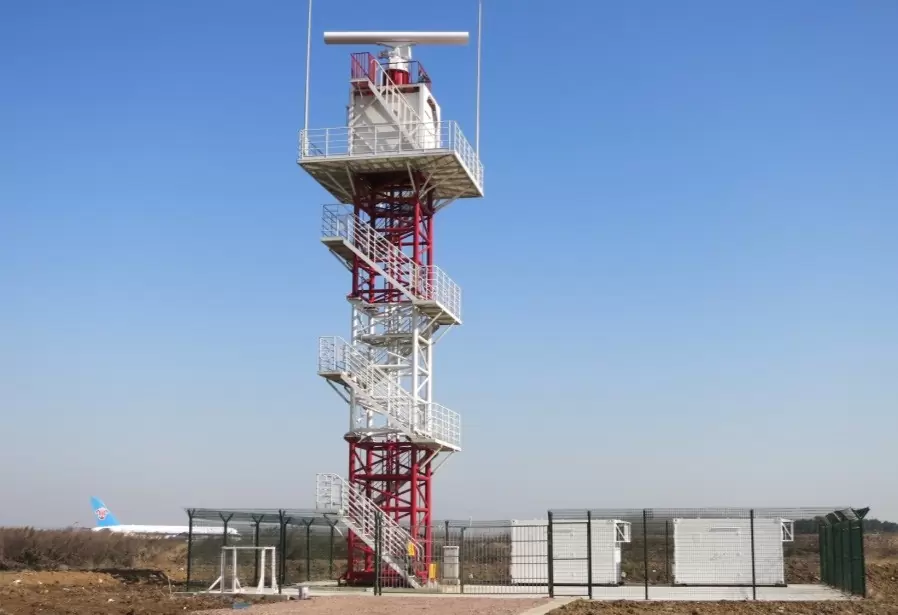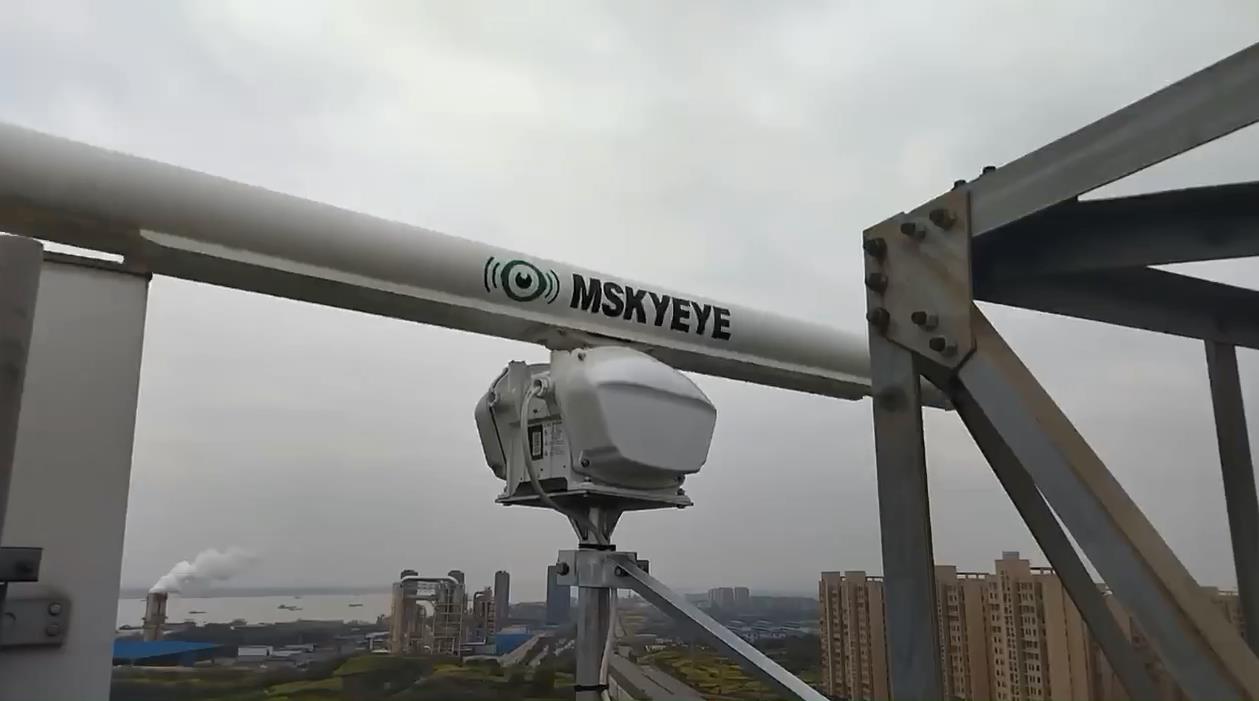Welcome to the dynamic world of airport operations, where the seamless movement of aircraft and vehicles is orchestrated with precision. In this bustling environment, safety and efficiency are paramount, and advanced technologies play a vital role in achieving these goals. One such technology that has revolutionized airport operations is Surface Movement Radar (SMR). By providing real-time monitoring and tracking of aircraft, vehicles, and personnel on the airport surface, SMR empowers controllers to make informed decisions and mitigate potential risks.
In this article, we will delve into the realm of SMR, exploring its functionality, benefits, and considerations for implementation. Join us as we uncover the essential aspects of Surface Movement Radar for Airport Applications: What You Need to Know.

What's Surface Movement Radar (SMR)
Surface Movement Radar, also known as Ground Movement Surveillance Radar, is a specialized radar system designed for monitoring and tracking aircraft and other vehicles on the airport surface. Unlike traditional air traffic control radar systems, SMR is specifically tailored to provide high-resolution surveillance in the airport environment. It operates in the microwave frequency range and utilizes advanced signal processing techniques to detect, track, and display the movement of targets on the airport surface.
Functionality and Features of SMR
SMR systems offer a range of features and functionalities that enhance airport operations and safety. These include:
a) Target Detection and Tracking: SMR can detect and track multiple targets simultaneously, including aircraft, ground vehicles, and personnel. It provides real-time information on their positions, velocities, and headings, enabling controllers to monitor and manage surface movements effectively.
b) Precise Positioning: SMR provides accurate position information, allowing controllers to determine the exact location of aircraft and vehicles on the airport surface. This precision is crucial for maintaining safe separation distances and avoiding potential conflicts.
c) Weather Adaptability: SMR systems are designed to operate in various weather conditions, including rain, fog, and low visibility. They can penetrate through adverse weather conditions, ensuring continuous surveillance and enabling controllers to make informed decisions even in challenging environments.
d) Integration with Airport Systems: SMR can be integrated with other airport systems, such as air traffic control, surveillance, and airport management systems. This integration allows for seamless data sharing and coordination between different stakeholders, enhancing overall operational efficiency.
Benefits of SMR Implementation
Implementing SMR systems in airports offers numerous benefits, including:
a) Enhanced Safety: SMR provides real-time situational awareness, enabling controllers to detect and mitigate potential safety hazards promptly. By minimizing the risk of runway incursions and collisions, SMR significantly enhances airport safety.
b) Improved Efficiency: With accurate and real-time information on surface movements, SMR optimizes ground operations, reducing taxi times, and improving overall airport efficiency. This leads to improved on-time performance and enhanced passenger experiences.
c) Reduced Workload for Controllers: SMR automates the tracking and monitoring process, reducing the workload on air traffic controllers. This allows them to focus on critical tasks, make informed decisions, and effectively manage surface movements.
d) Cost Savings: By minimizing the risk of accidents and incidents, SMR helps airports avoid costly disruptions and damage to aircraft and infrastructure. Additionally, optimized ground operations result in fuel savings and reduced environmental impact.

Considerations for SMR Implementation
Before implementing SMR systems, airports should consider the following factors:
a) System Selection: Choosing the right SMR system involves evaluating factors such as coverage area, surveillance range, resolution, and integration capabilities. Airports need to select a system that aligns with their specific operational requirements and future growth plans.
b) Infrastructure and Installation: SMR installation requires careful planning and coordination with airport infrastructure. Factors such as radar location, antenna placement, and cabling need to be considered to ensure optimal performance.
c) Training and Familiarization: Adequate training and familiarization programs should be provided to air traffic controllers and other relevant personnel to ensure they can effectively utilize the SMR system and interpret the radar data accurately.
d) Regulatory Compliance: SMR implementation should adhere to relevant aviation regulations and standards. Airports need to ensure that the system meets the required certifications and undergoes regular maintenance and calibration.
Surface Movement Radar has emerged as a game-changer in the realm of airport operations. Its ability to provide real-time surveillance and tracking of aircraft and vehicles on the airport surface has revolutionized the way airports manage their operations.By offering enhanced safety, improved efficiency, and reduced workload for controllers, SMR systems contribute to the overall success of airport operations.
However, successful implementation requires careful consideration of system selection, infrastructure, training, and regulatory compliance. As airports continue to evolve and grow, SMR will play an increasingly crucial role in ensuring safe and efficient surface movements, ultimately enhancing the travel experience for passengers worldwide.
Ready to explore the cutting-edge technology that keeps airports running smoothly? If you're curious to learn more about the functionalities, benefits, and considerations for implementing SMR systems, contact us to explore the fascinating world of Airport Surface Movement Radar !

